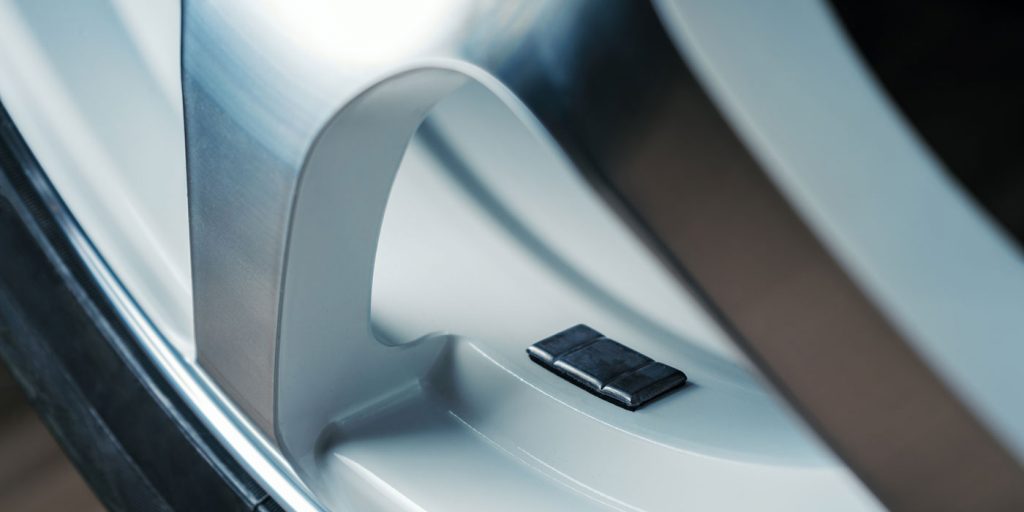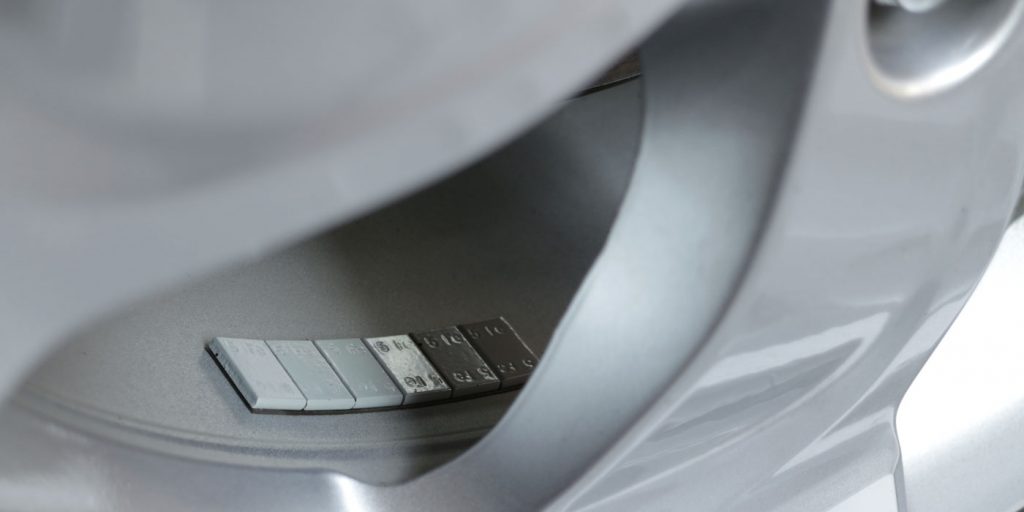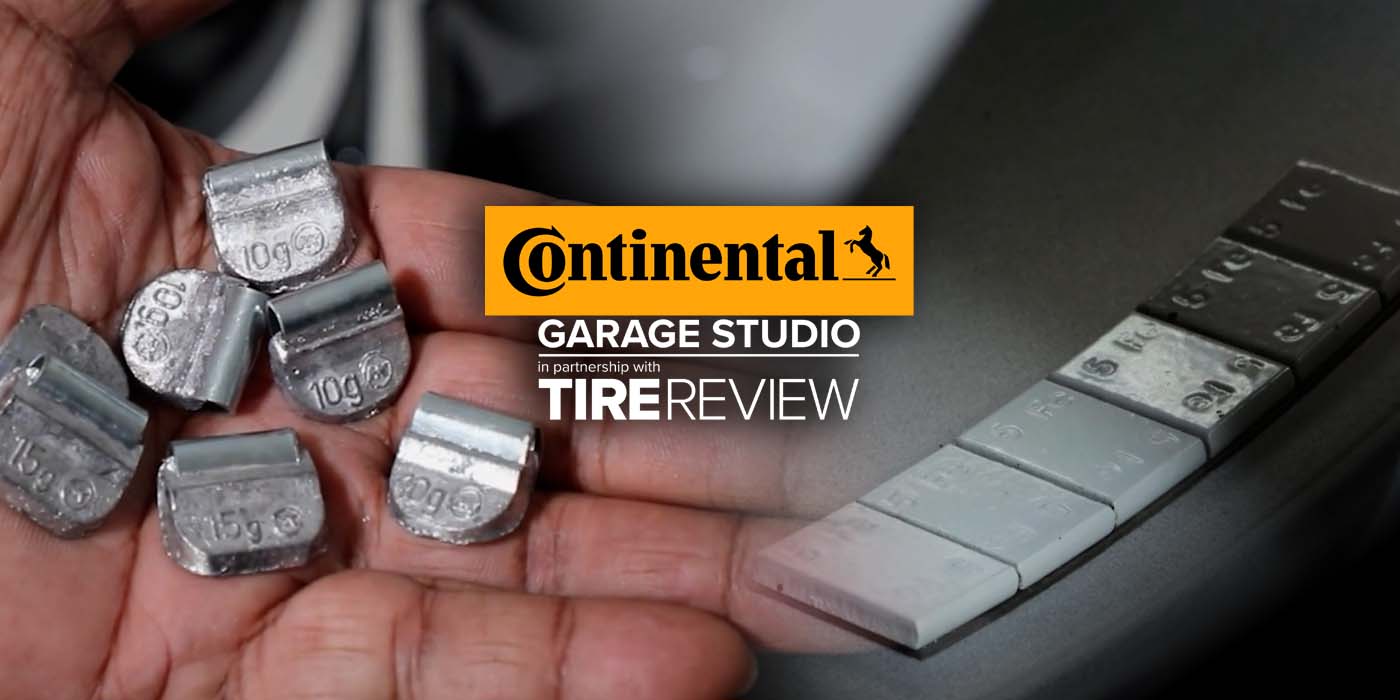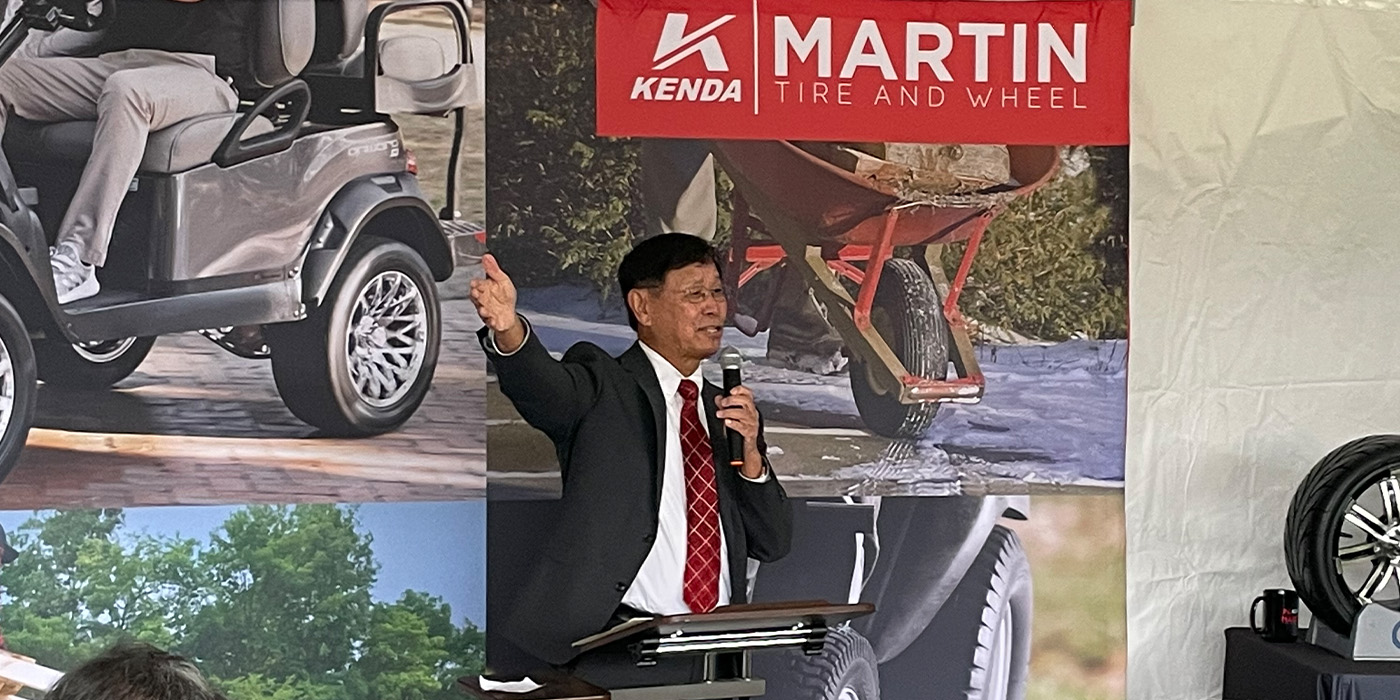Balancing tire and wheel assemblies can usually help solve those vibration and wobbling complaints from customers. A proper balance also improves tire wear, increases fuel economy and removes stress on the vehicle. And during this crucial process, wheel weights are often the unsung heroes in creating a perfect balance.
For passenger cars, motorcycles and truck wheels, two wheel weight options are available on the market: clip-on and adhesive wheel weights. We answer some frequently asked questions about these tiny but mighty parts of a proper wheel balance below.
When would I use a clip-on vs. adhesive wheel weight?
All wheels can accept an adhesive tape-on weight, but not all wheels can accept a traditional clip-on weight. Many times, a customer will be sensitive to the appearance of wheel weights on the outboard plane. For these applications, an adhesive tape weight is the only option. For medium- and heavy-duty trucks, clip-in weights are the best option.
How should the material of the wheel affect my wheel weight choice?
The material of which the wheel is made, as well as the style of the wheel, both will determine what style of weight must be used. For example, most steel wheels will accept a clip-on weight, which is the preferred style of weight for this wheel especially when the customer is not sensitive to aesthetics. Many modern alloy wheels do not have provisions for clip-on weights on the inboard plane and even fewer have provisions on the outboard plane. Adhesive weights are increasingly becoming the only option to balance modern alloy wheels.
What trends are you seeing from the OEM level that dictates the use of a certain wheel weight over another?
It’s clear that most modern truck wheels require adhesive wheel weights. The market share of adhesive weights is, of course, increasing each year.

What features on today’s wheel balancers allow for more accurate placement of a wheel weight?
The most important features for accurately placing wheels weights is a “stop and lock” feature, found on most Coats wheel balancers and lasers. “Stop and lock” allows the balancer to lock the wheel in place, so that it cannot rotate by accident, causing the technician to misplace a weight. Lasers are critical because it gives a visual reference for the technicians to place the weight, making it easy for them to place weight in the right place every time.
What type of wheels create the most challenges for wheel weight installation? What can you do to prevent wheel weights from falling off?
Wheels that create the biggest challenge for installing weights could be wheels that have weight planes very close together, such as a motorcycle wheel or a very high offset custom wheel. It is recommended that planes be separated by 3 inches.
Proper surface preparation and using a high-quality wheel weight with effective adhesive is key to getting a wheel weight to stay in place. Using a solvent to clean the wheel in the area the weight will be placed to remove dirt, grime and brake dust, then firmly placing the weight, are best practices.
Content contributed by Coats.
Check out the rest of the June digital edition of Tire Review here.














